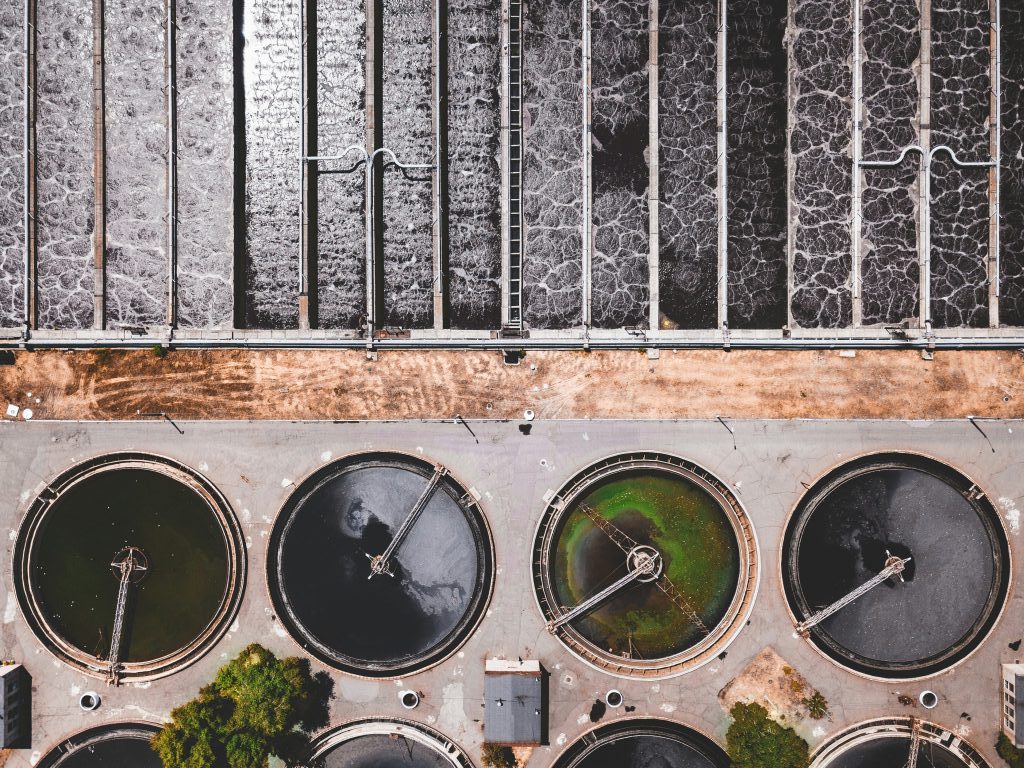
Mexico is facing a growing water shortage, leading to unpredictable, often lengthy water shut-offs in Tijuana.
Meanwhile, millions of gallons of wastewater are dumped from Tijuana into the Pacific Ocean each day. In the future, that water could be recycled, putting a significant dent in the country’s water supply issue.
“I’ve been fighting this problem for 20 years,” said Doug Liden, an environmental engineer for the Environmental Protection Agency. “And it always struck me as odd that we are spending so much money to treat this water and just throwing it into the ocean in an area that’s facing massive water debts.”
Liden said that Mexico is “very interested” in recycling this water, but that it first must fix its more pressing wastewater problems that result in the ongoing sewage crisis. Because the volume of wastewater exceeds capacity on both sides of the border, even treated wastewater mixes with untreated.
“One of the most discouraging things you see in Tijuana,” Liden said, “is super clean wastewater flowing into a concrete channel, mixing with a bunch of raw sewage, and then having it be diverted and either retreated at the (South Bay) International Treatment Plant or diverted and sent to the ocean.”
Liden spoke at the August meeting of the San Diego Regional Water Quality Control Board.
Although some of Tijuana’s sewage is diverted to the United States for treatment, the water belongs to Mexico. After processing in the US – or simply flowing through the SBIWTP if the plant is inoperable – wastewater is piped back to Mexico. Currently, that diverted water is dumped into the Pacific Ocean just south of Tijuana.
Private companies have expressed interest in recycling this wastewater to the United States International Boundary and Water Commission, said Maria-Elena Giner, the IBWC’s commissioner. It’s not the US’s water to sell, but the interest exists.
The EPA has reserved $10 million in matching funds to support such a plan, and may contribute more, Liden said.
“I’m personally very excited about it,” Liden said. “I think we need to start treating wastewater less like waste and more like water. Once there’s a financial incentive for Mexico to capture this water, I think that’s going to be key in getting these problems solved in the long term.”
Mexico stands to lose nearly 17% of its Colorado River allocation after 2026, when a host of international and interstate water sharing agreements expire. The seven US basin states have been working on a new plan, which they submitted to the federal government for approval earlier this year.
The plan includes cuts for Mexico and southern US states. California, which holds senior water rights and takes the largest share of Colorado River water, agreed to a 10% reduction. Nevada and Arizona will also see cuts. These states and Mexico have all been losing water annually since 2022, when a series of federal water cutbacks took effect.
In Tijuana, water shut offs are often unexpected and last unknown amounts of time.
“The cutoffs are really abrupt,” said Jatziry Mariche, a former resident of Tijuana, in a prior interview with The Coronado Times. “You become really frugal with water and are almost counting the drops you’re using to wash a single dish – it’s survival mode.”
Liden suggested a solution in which Mexico could built a dam to save its wastewater as it builds the requisite infrastructure for recycling. While Mexico does not currently have standards for recycling wastewater into potable water, it is an exciting conversation, Liden said.
Exciting prospects aside, Mexico needs to stop dumping untreated wastewater into the ocean before it can move on to water recycling, Liden said. Read an update on its current projects to curb the ongoing Tijuana sewage crisis here.




